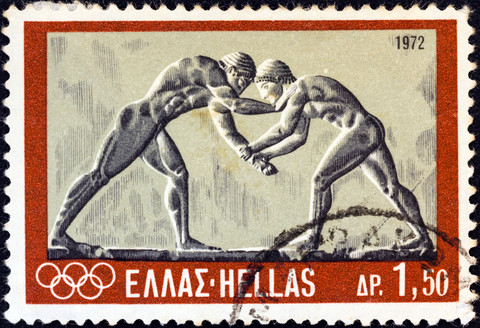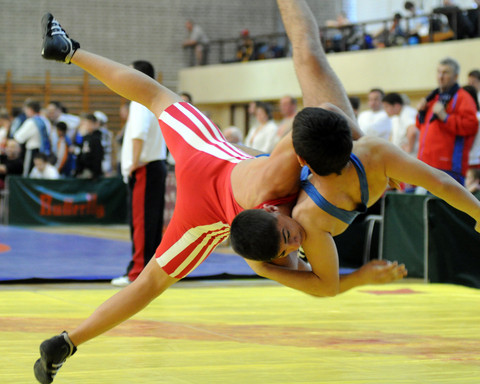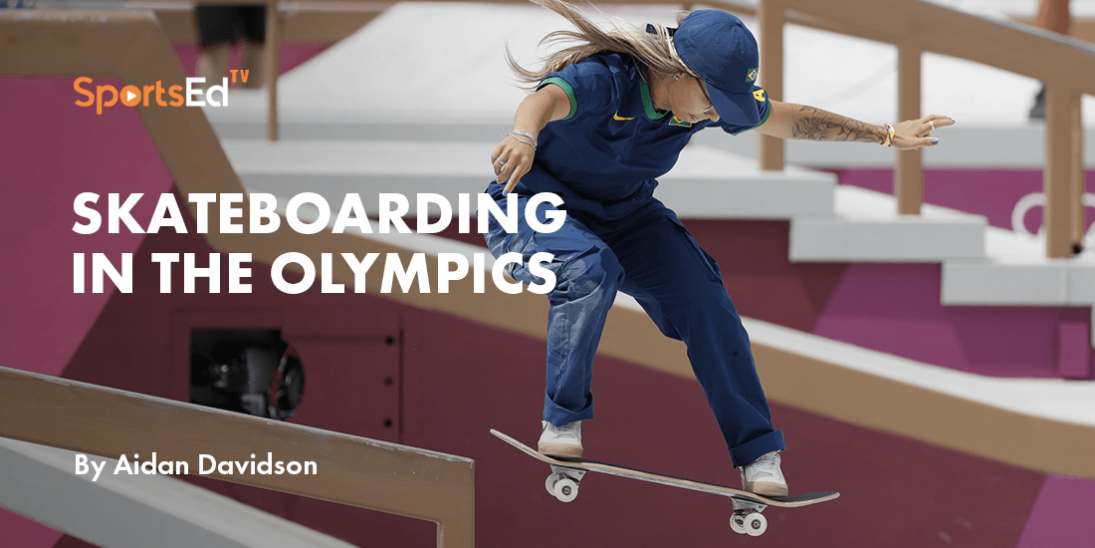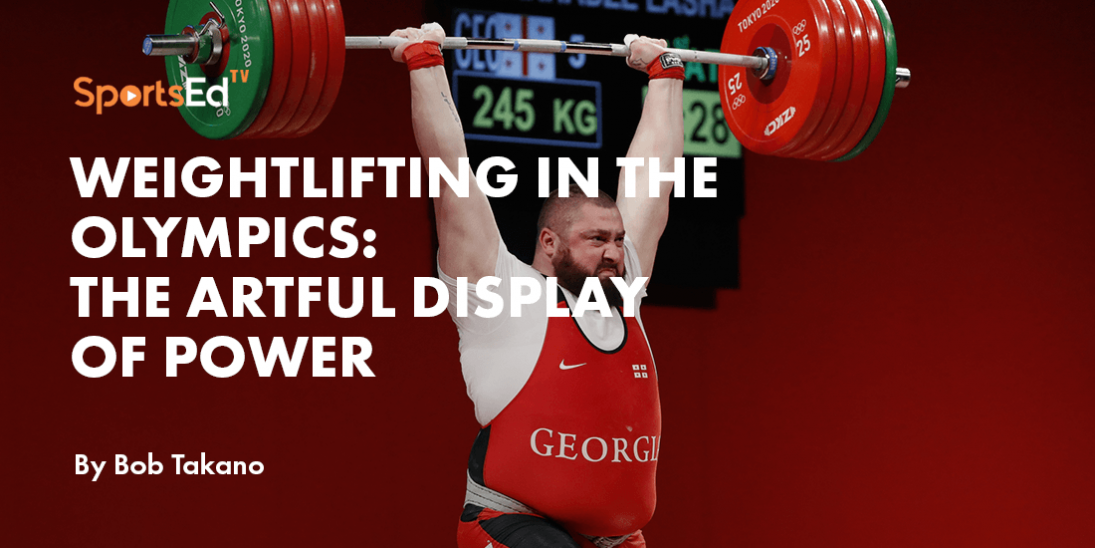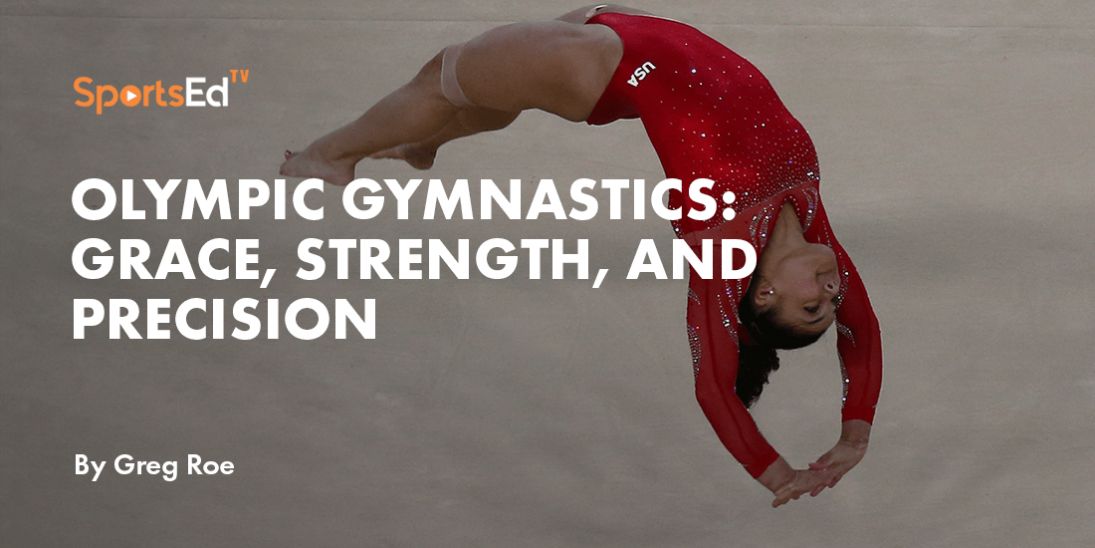Summer Olympics
Welcome and thanks for visiting...

Wrestling in the Summer Olympics: Legacy of Skill and Resilience
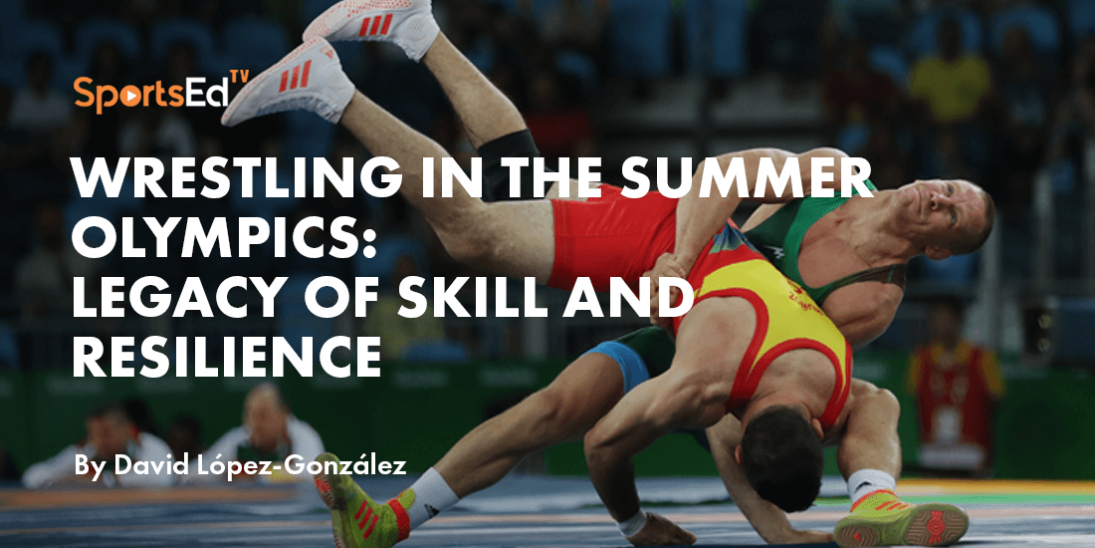
Wrestling, one of humanity's oldest and most widespread sports, has been a cornerstone of the Summer Olympics since its inception in 1896. As one of the most physically and mentally demanding sports, Olympic wrestling epitomizes athletic prowess, strategic thinking, and resilience.
Here is an overview of the registered roots of the sport of wrestling and the basics of the modern Olympic Wrestling disciplines, from key competition rules to the Olympic qualification process.
Wrestling: An Enduring Manifestation of Human Culture
Wrestling involves two individuals striving for dominance—not through striking or physical pain but through skillful control, employing various holds and takedowns to manipulate the opponent’s position. Its roots are ancient, with evidence in nearly every culture worldwide, serving purposes from survival to religious rites, physical training, and resolving disputes through structured contests. Historical depictions, including Sumerian artifacts and Egyptian murals that illustrate hundreds of wrestling moves, predate the oldest Greek rules for wrestling on record, written on a papyrus discovered in the late 19th century.
Ancient Olympic Wrestling
Wrestling was one of the primary contests in the Ancient Olympics. It featured two distinct modalities, each with slightly different winning conditions: one required simply taking down the opponent, while the other demanded establishing and maintaining control over the opponent on the ground. It is known that wrestlers were allowed to use and grab most of each other's bodies, including legs.
Modern Olympic Wrestling Modalities
There are wrestling modalities (known as “styles”) in the Summer Olympics: Freestyle and Greco-Roman. The ultimate goal in either style is to control (pin) the opponent on the ground with their shoulder blades touching the mat momentarily.
Freestyle wrestling, first included in the modern Summer Olympics in 1904, allows contestants to grab and use most of the wrestler's body. This results in a large set of techniques and tactics for taking down or throwing each other to the mat and turning the opponent once on the ground – some wrestling researchers numbered the possible freestyle wrestling moves in over 400 different options!
Greco-Roman wrestling, which has been part of the Modern Olympic Program since the first edition in 1896, restricts valid grabbing and body use areas to the upper body. For instance, grabbing the opponent's legs or using one's legs to trip the opponent is not allowed, resulting in a more upright initial combat position and a significantly physically demanding wrestling style.
Another notable difference between the two Olympic wrestling styles is that in freestyle wrestling, both women and men can compete in their respective contests. In contrast, Greco-Roman wrestling is restricted to men only.
Modern Wrestling Scoring System
Pinning an opponent grants an immediate victory, but highly skilled wrestlers often avoid such pins. Notably, the longest modern Olympic wrestling match lasted nearly 12 hours at the 1912 Stockholm Olympics, as listed by Guinness World Records. Current international wrestling rules set a 6-minute cap for matches involving competitors aged 18 years and older, with winners determined by a point system if no pin occurs within the time limit. Points range from 1 to 5, awarded for successful techniques like takedowns, throws, and exposing the opponent's back. Penalties for specific actions also contribute to the final score. Moreover, a match may end early in cases of evident superiority, favoring one wrestler significantly.
Simplified Scoring Breakdown:
- 4 to 5 Points: Awarded to a wrestler who, from a standing position, forces the opponent to fall while exposing their shoulder blades to the mat (supine position) or from a ground position, lifts and then throws or turns the opponent back to expose a supine position. A high-amplitude throw earns 5 points, while a lower amplitude moves earn 4 points.
- 2 Points: Given to a wrestler who takes down an opponent from a standing position, causing them to land prone (belly to the mat), or who, from a ground position, turns or rolls the opponent to expose their shoulder blades or catches the opponent in a back-exposure position during their transition.
- 1 Point: Awarded to a wrestler who causes their opponent to step out of the mat from a standing position without completing a technical action or who, from a ground position on the bottom, reverses the situation to gain the top position.
Penalties for illegal grips, any type of striking, unsportsmanlike behavior, and wrestling avoidance range from 1 to 2 points, varying slightly between styles.
There are no 3-point rewards for any technique or situation in contemporary international wrestling.
Early Match Termination by “Technical Superiority”: This rule applies when a wrestler achieves a lead of 10 points in Freestyle or 8 points in Greco-Roman, allowing an early declaration of victory due to evident superiority.
Competition Format at the Summer Olympic Games
Olympic wrestling is organized into individual competitions across different weight classes. Athletes compete in a single elimination bracket. Winners of semifinal matches vie for the gold medal, while those defeated by the semifinal winners enter repechage rounds, competing for one of the two bronze medals. To win Gold in Paris 2024, wrestlers must win four matches within a bracket of an average of 16 wrestlers per weight class in a two-day format: 3 matches up to the semifinals on the first day, and the Gold Medal matches on the evening of the second day.
Wrestling Weight Class Divisions
Olympic wrestling includes six weight classes each for Greco-Roman, Men’s Freestyle, and Women’s Freestyle disciplines. These classes help ensure fair competition by grouping athletes of similar weight and assist spectators in distinguishing between modalities.
Greco-Roman wrestling includes weight classes ranging from 60 kilograms (132 lbs) to 130 kilograms (286 lbs). Men's Freestyle wrestling spans from 57 kilograms (125 lbs) to 125 kilograms (275 lbs). Women's Wrestling weight classes range from 50 kilograms (110 lbs) to 76 kilograms (167.2 lbs).
Olympic Qualification Process
Qualification for both Freestyle and Greco-Roman wrestling at the Olympics involves three stages: World Championships the year before the Olympics, Continental Qualifiers during the first third of the Olympic Year, and a final World Qualification Tournament few weeks after the last Continental qualifier. Athletes secure quota places for their National Olympic Committees, which decide whether to send the qualifying athlete or another competitor.
Seeding
For Paris 2024, each weight class will feature eight wrestlers seeded according to the International Ranking System, based on points accumulated through performances in UWW-sanctioned international competitions. This seeding system ensures that top-ranked competitors meet later in the competition.
Non-Olympic International Wrestling
UWW also sanctions additional formats and classes outside the Olympic framework:
- Additional weight classes for seniors (20 years and older) are not included in the Olympics.
- Team competitions involve teams presenting wrestlers across ten weight classes (Olympic and non-Olympic). The winner of each team matchup is determined by the team that wins the most individual matches. This format is used in the "World Cup," which typically includes the top 6 to 8 ranked countries from the previous World Championships.
Wrestling: Resilience on and off the Mats
Wrestling's road to Olympic qualification is a testament to the resilience and rigor required in this challenging sport. Wrestlers must exhibit exceptional skill and endurance in a highly competitive international arena, outstanding discipline to fit in the selected weight class, and embody the Olympic motto: "Faster, Higher, Stronger." Their unwavering dedication and determination inspire countless individuals across generations and nations.
Moreover, wrestling as a global sport has demonstrated remarkable adaptability and resilience, especially highlighted during the 2013 crisis when it was at risk of being excluded from the Summer Olympics. The International Olympic Committee's evaluation, which proposed limiting the number of Olympic disciplines, spurred a worldwide reaction from the wrestling community. This led to significant reforms by the United World Wrestling (UWW) to enhance the sport's appeal. These changes included modifications to competition rules to engage spectators more effectively, advancements in marketing, media, and communication strategies to promote the sport, and digital transformation efforts to improve interactions between organizations, athletes, and fans. Furthermore, the UWW implemented policies on gender equity, sustainability, and social responsibility.
A decade later, these efforts have established wrestling as a leading example of modernization and best practices among sports disciplines. Continuously evolving in various sport-related aspects, wrestling maintains its ancient roots while championing the spirit of competition and the pursuit of excellence as a globally practiced sport that continually inspires and adapts, reflecting the essence of the Olympic spirit.

